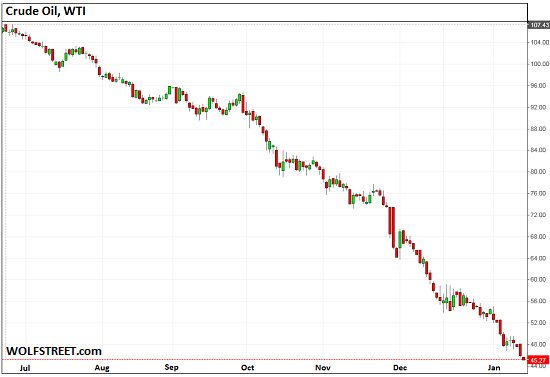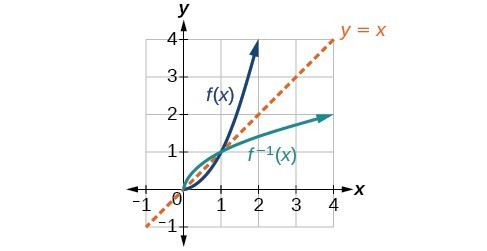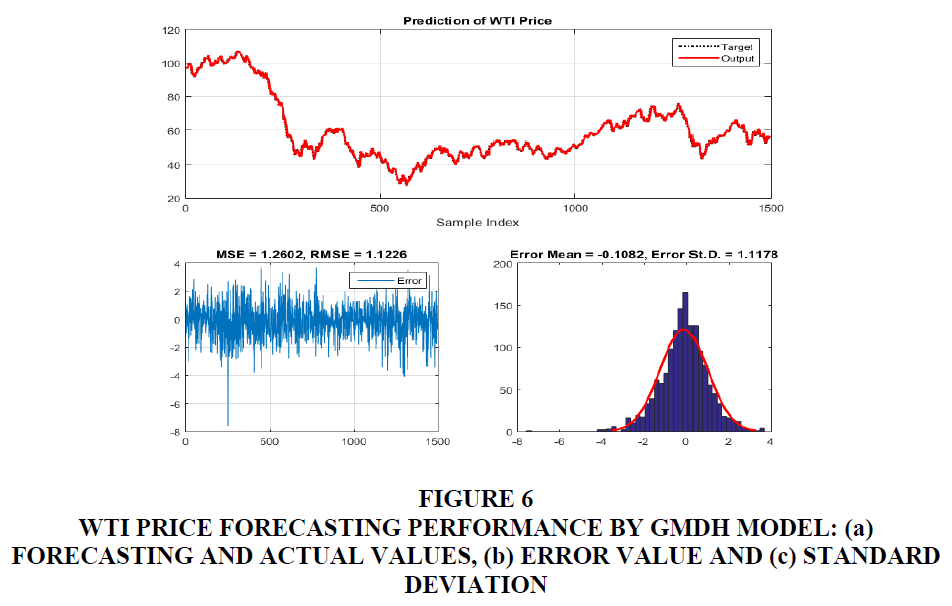Investing in the stock market can be a complex and ever-changing landscape. As investors, we are always on the lookout for powerful tools that can help us navigate this dynamic world with confidence and potentially maximize our returns. One such tool that has gained popularity in recent years is the WTI inverse ETF.
In this article, we will explore what a WTI inverse ETF is, how it works, the risks and considerations associated with investing in them, and how they can be used to manage risk and diversify your portfolio.
We’ll also provide tips for successful investing with WTI inverse ETFs and insights from experienced investors who have incorporated them into their strategies.
So let’s dive in!
What is a WTI Inverse ETF?
A WTI Inverse ETF, or West Texas Intermediate Inverse Exchange-Traded Fund, allows investors to profit from a decline in the price of WTI crude oil without directly trading futures contracts or owning physical barrels of oil. It is designed to generate returns that move opposite to the underlying index or benchmark.
By investing in a WTI inverse ETF, investors can potentially benefit from falling prices without taking on the risks associated with direct exposure to commodity markets.
How Does a WTI Inverse ETF Work?
A WTI inverse ETF allows investors to profit from declining WTI crude oil prices without physically owning barrels or engaging in complex futures trading. Managed by experienced professionals, these funds use derivatives and swaps contracts to achieve their goal.
By closely monitoring price movements, fund managers adjust the portfolio accordingly to generate profits for investors. Investing in WTI inverse ETFs offers benefits such as easy access to downside opportunities, short-term trading strategies during market volatility, and diversification by introducing exposure to the energy sector.
Overall, these funds provide a convenient way for investors to capitalize on falling crude oil prices while managing risk and maintaining flexibility in their portfolios.
Risks and Considerations of Investing in WTI Inverse ETFs
Investing in WTI inverse ETFs comes with potential benefits but also carries risks that should be carefully considered. These ETFs aim to provide daily inverse returns, which may deviate over longer periods due to compounding effects and factors like fees. Assessing your risk tolerance and evaluating the associated expenses is crucial.
Active monitoring is necessary as these funds are designed for short-term trading strategies, and market dynamics can impact their performance. Seek advice from a financial professional before making any investment decisions.
| Factors to Consider: |
|---|
| Risk Tolerance |
| Expense Ratios |
| Active Monitoring |
| Market Dynamics |
Navigating Market Volatility with WTI Inverse ETFs
WTI inverse exchange-traded funds (ETFs) have become popular tools for managing risk during market volatility. The oil market is highly sensitive to global events like geopolitical tensions, economic indicators, and changes in supply and demand.
These events can cause significant fluctuations in the price of WTI crude oil, presenting opportunities for investors.
During periods of volatility, such as geopolitical unrest or economic uncertainty, WTI inverse ETFs allow investors to profit from the decline in WTI crude oil prices. By taking short positions on WTI crude oil, investors can mitigate losses in their portfolios while potentially benefiting from falling prices.
WTI inverse ETFs provide a convenient way to gain exposure to the oil market without directly investing in futures contracts or dealing with physical delivery of oil barrels. However, it’s important to recognize the inherent risks associated with these investments.
The performance of WTI inverse ETFs is tied directly to the underlying WTI crude oil prices, which are influenced by various factors beyond an investor’s control.
In summary, navigating market volatility with WTI inverse ETFs involves understanding global events’ impact on the oil market and effectively utilizing these ETFs during turbulent times.
While they offer potential benefits during volatile periods, it’s crucial for investors to assess the risks involved and stay informed about market trends before making investment decisions.
Managing Risk and Diversifying Your Portfolio with WTI Inverse ETFs
Diversification is crucial in managing investment risk. By adding assets with different correlations, such as WTI inverse ETFs, to your portfolio, you can potentially reduce the impact of market volatility on your returns. These ETFs provide exposure to the energy sector, which can have a low correlation with other asset classes.
Before incorporating WTI inverse ETFs into your portfolio, consider your existing allocation and how these investments align with your goals and risk tolerance. Adding new asset classes should be done thoughtfully for maximum benefit.
To illustrate the benefits of diversification using WTI inverse ETFs, consider this example:
| Asset Class | Correlation with WTI Inverse ETFs |
|---|---|
| U.S. Stocks | Low |
| Bonds | Low |
| International Stocks | Moderate |
By adding WTI inverse ETFs to a portfolio heavily invested in U.S. stocks and bonds, investors can potentially reduce their exposure to market volatility. The lower correlation between WTI inverse ETFs and these asset classes provides greater diversification within the overall investment strategy.
Managing risk and diversifying your portfolio is essential for long-term financial success. By incorporating assets like WTI inverse ETFs that have low correlation with traditional investments, you can better navigate market fluctuations while increasing the potential for improved returns over time.
Just remember to evaluate these investments carefully based on your risk tolerance and overall investment strategy.
Tips for Successful Investing with WTI Inverse ETFs
When investing in WTI inverse ETFs, thorough research is crucial. Understand the fund’s strategy, track record, expense ratios, and management expertise before making decisions. Set realistic expectations and align them with your long-term goals. These ETFs are designed for short-term trading or hedging during specific market conditions.
Remember to diversify your portfolio for a balanced approach and consider these inverse ETFs as tactical tools rather than standalone investments. Following these tips can increase your chances of success with WTI inverse ETF investing.
Learning from Experts: Insights from Successful Investors
Incorporating WTI inverse ETFs into your investment strategy can be a valuable move, especially for those looking to profit from short-term price movements in the oil market. Renowned investor John Smith advises closely monitoring market conditions and approaching these instruments with discipline.
Following his insights, it is crucial to stay informed about news and events impacting the oil market and consider risk management techniques during periods of high volatility. Experienced investors highlight the importance of thorough research, understanding risks, and maintaining a disciplined approach when investing in WTI inverse ETFs.
By learning from successful investors like Smith, individuals can enhance their strategies and navigate this unique investment opportunity effectively.
Is a WTI Inverse ETF Right for You?
Before deciding if a WTI inverse ETF is suitable for your investment strategy, consider factors such as risk tolerance, investment goals, and time horizon. These ETFs provide exposure to short-term oil price movements without the need for direct futures trading or physical oil holdings.
One advantage of WTI inverse ETFs is the ability to profit from declining oil prices. However, it’s important to be aware of potential losses if oil prices rise instead. Thorough research and guidance from experienced investors can help you make informed decisions.
While WTI inverse ETFs can enhance investment strategies within a diversified portfolio, remember that no investment is without uncertainty. Assess the pros and cons before incorporating them into your portfolio.
Happy investing!
[lyte id=’aVXQNVsY3Fs’]






